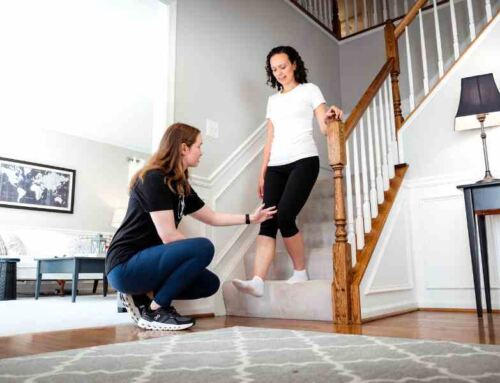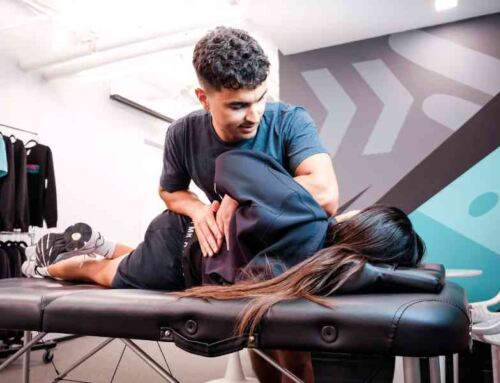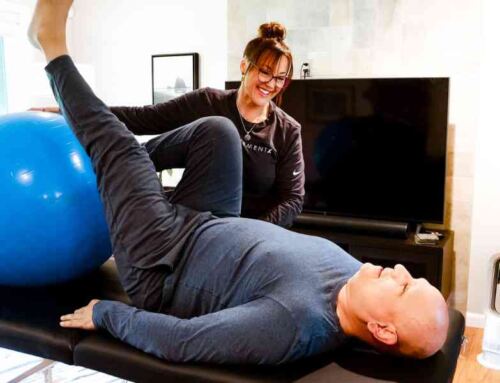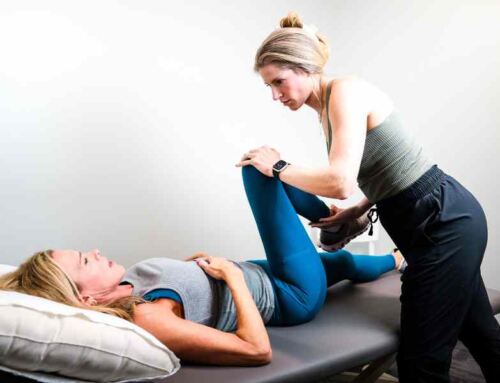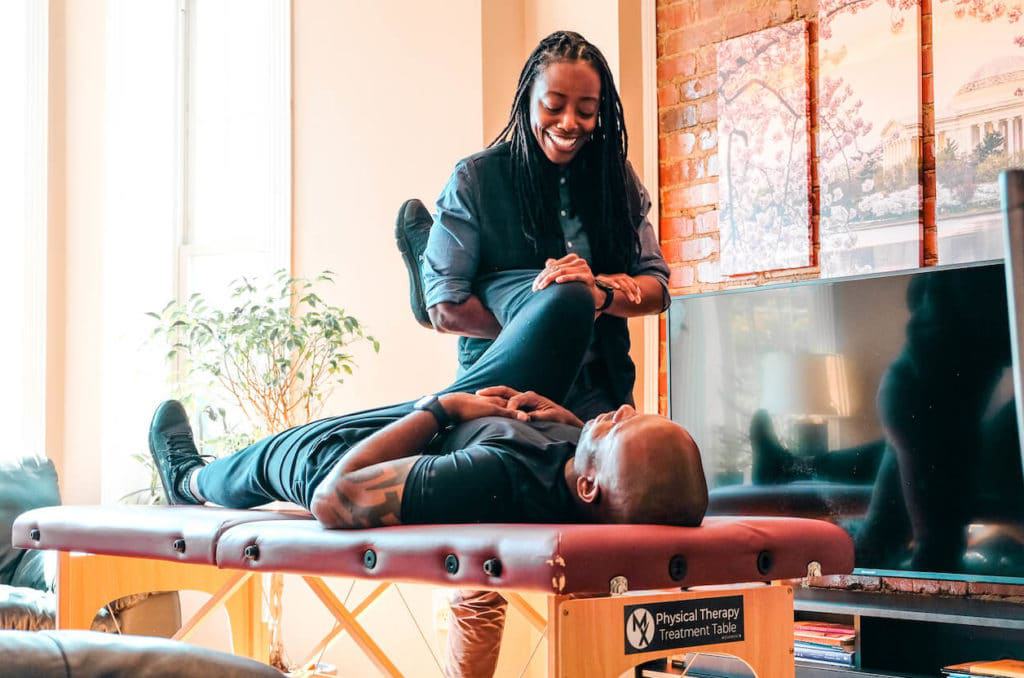
Manual Therapy for Ehlers Danlos Syndrome and Hypermobility Disorders
Physical therapy can be very beneficial in helping patients with hEDS and HSD manage their symptoms and improve function.
One of the ways that physical therapists can help those suffering from chronic pain and joint instability is through a variety of manual therapy techniques.
Here’s how physical therapists utilize manual therapy for Ehlers Danlos Syndrome and Hypermobility Disorders to relieve painful muscle spasms, reinforce and stabilize joints, and advise on taping and supportive measures.
Manual therapy can improve joint stability and neuro re-education
People who suffer from joint instability often lack the ability to tell where their joints are in space. This sense, called proprioception, can lead to over-extending a joint beyond its range of motion, leading to injury and trauma.
To improve this joint position sense, physical therapists often utilize manually-resisted exercises or dynamic stabilization exercises (two specific types of manual therapy for Ehlers Danlos Syndrome and Hypermobility Disorders) to reinforce the nerve endings in the joints that give information to the brain about the joint.
These manual techniques are very safe for joints, as joints remain in their strong, neutral position and never approach end range. This has a benefit of re-educating the neuromuscular system while activating muscles and moving the joints in a safe way. Eventually, the central nervous system “learns” how to move safely, reducing the risk of injury and joint trauma.
Those with hEDS and HSD have joints that are inherently unstable because the collagen in their ligaments is dysfunctional, so those folks can’t rely on ligaments to do what they’re supposed to. We need to teach the muscles and tissue to help in a safe and non painful way. Sometimes, muscles will overreact and spasm, which can cause pain, limitation in range of motion and function, and headaches.
There are manual therapy techniques to reduce these spasms, from soft tissue mobilization to more advanced techniques of dry needling and cupping.
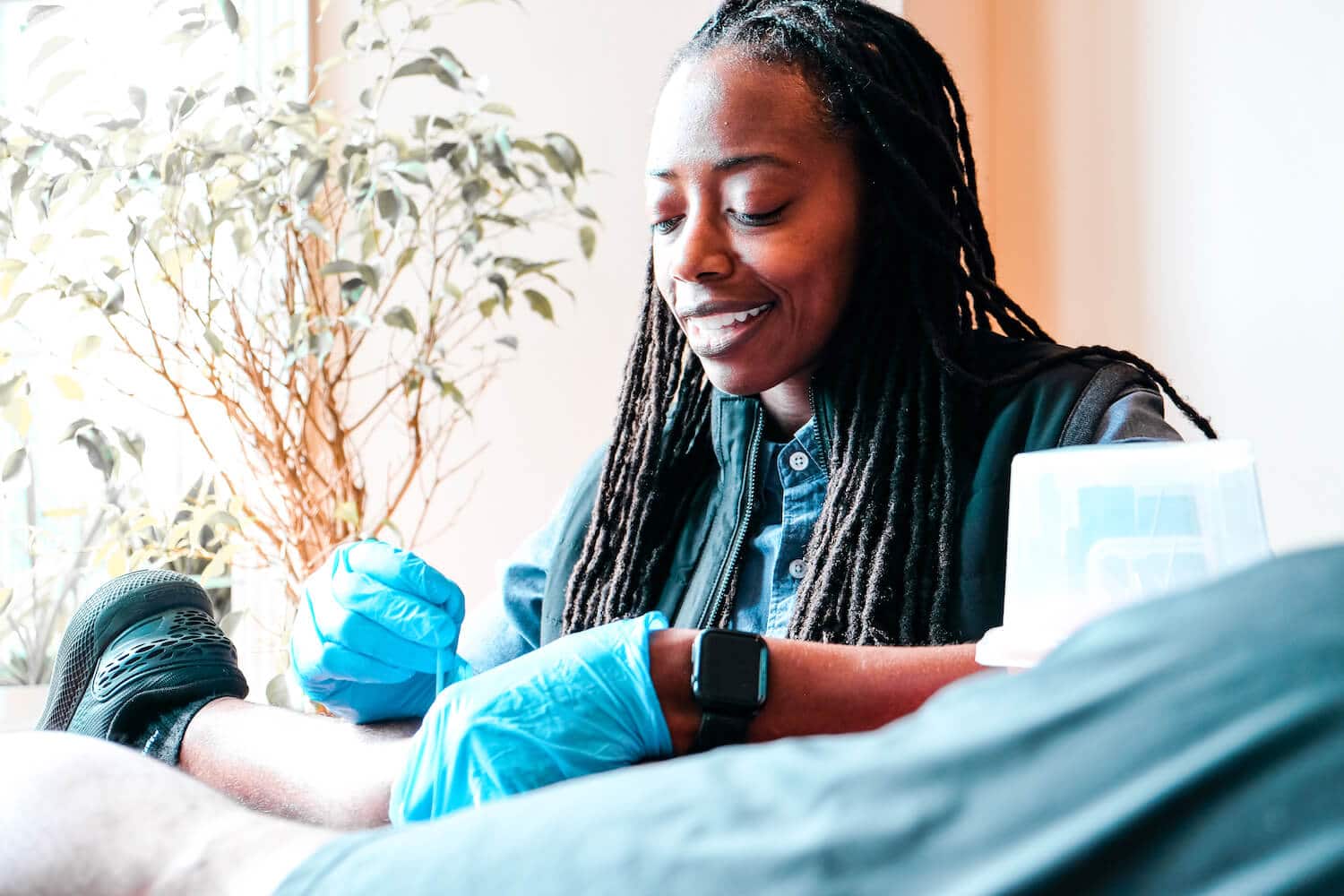
Dry needling can reduce muscle spasms
Another useful manual technique to reduce muscle spasms and allow for tissue mobility is dry needling. Dry needling consists of a trained physical therapist inserting a solid filament needle into a tight band of muscle, called a trigger point. Trigger points in muscles can cause pain and dysfunctional movement; relieving this dysfunction can improve blood flow to the area, improve muscular function, and reduce pain.
It’s critical that those with hypermobility who think that needling could help them seek care from a physical therapist who is trained in dry needling and has a complete understanding of how to treat those with joint hypermobility. Sometimes, relieving a muscle spasm can actually destabilize the joint further, if it’s not reinforced with an appropriate muscle activation.
Cupping can resolve fascial restrictions
Cupping can also be useful in relieving fascial restrictions and improving movement patterns. Cupping involves a small plastic or glass cup and creating suction between the cup and the skin, which improves blood flow to the area beneath the cup. Those with hEDS and HSD often have dense fascial networks between their muscles and skin, and between the muscles in the body.
When performed appropriately, cupping can help to relieve this tightness and improve circulation and pain. It is important to note that cupping may not be appropriate for all patients with hEDS and HSD, as some patients may have very fragile skin.
Taping and splinting can assist with joint stability
Applying tape to help with joint stability and proprioception can be helpful in reinforcing manual therapy techniques that help with muscle activation around a joint. Tape can either be applied in a way that will support the joint (this tape is usually not stretchy) or in a way that will gently reinforce a muscle activation pattern to help with joint awareness (this tape is usually stretchy). Of course, tape can cause skin irritation so it should be applied with caution.
Splinting is another option for those with chronically hypermobile joints. External support and guidance to a joint to maintain its position and potentially reduce trauma and dislocation. Splints can be helpful for finger joints that make it difficult to write, type or cook, as well as the knee joint that can often be unstable when walking or standing. Splints should be carefully measured and prescribed by physical therapists who understand the importance of stabilizing and strengthening the joints to maximize the usefulness of the splints.
Conclusion
Finding a specialized physical therapist to provide manual therapy for Ehlers Danlos Syndrome and Hypermobility Disorders can be challenging. But these various types of hands-on treatments can be very effective in managing symptoms and optimizing quality of life.
At MovementX, we have kind, caring providers who specialize in treating patients with hEDS and hypermobility spectrum disorders. Click here to schedule your session today.


